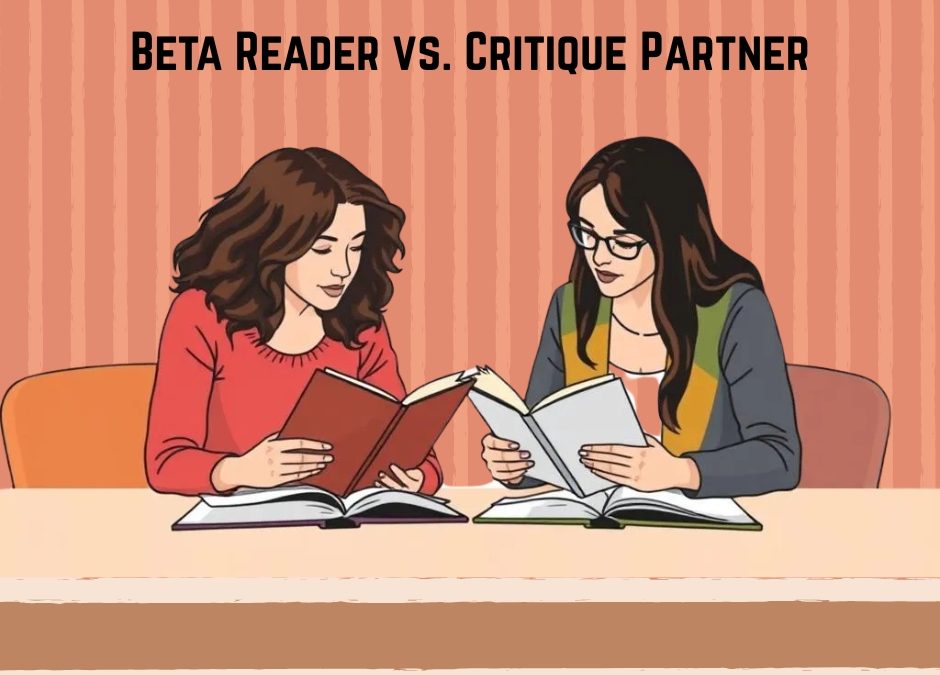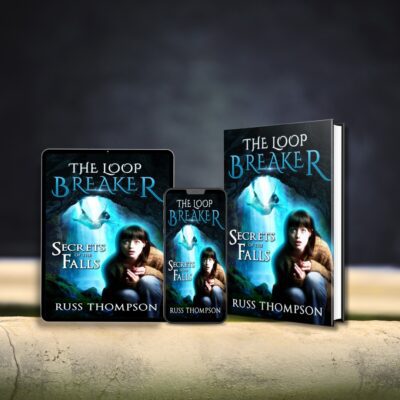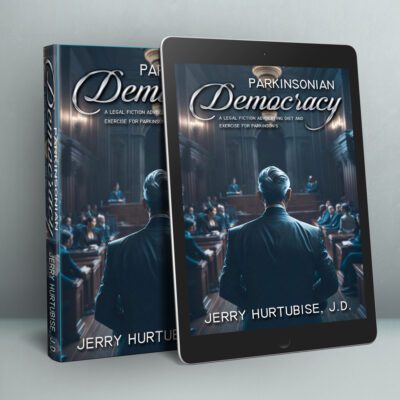How’s your manuscript coming along? If you’re anywhere near the “draft complete” milestone, you’ve probably heard terms like beta reader and critique partner thrown around like punctuation at a grammar nerd convention. If you’ve ever smiled and nodded while silently wondering, “Wait, which one gives me edits, and which one just reads it?”
Don’t worry. You’re in good company.
Here’s the lowdown on what each role actually means, when you need them, and how they help bring your story to life.
Critique Partners: Honest Friends Who Go Deep
Think of a critique partner as your story’s accountability buddy. They’re usually writers too, and they understand the guts of storytelling: character arcs, narrative tension, worldbuilding, voice. Their job? Give you honest, thoughtful, and constructive feedback that pushes your story to level up.
This is a relationship built on mutual trust. You read theirs, they read yours. They’ll tell you when your villain is too chatty, your pacing needs help, or your subplot is doing the cha-cha in the background.
Critique Partner or Honest Friends Sweet Spot:
- When your manuscript is still evolving (first or second draft)
- When you need big-picture input: plot, pacing, character arcs, tone
- When you’re craving constructive critique, not just encouragement
Beta Readers: Your Test Audience in the Wild
Beta readers are your trial run with real readers. They’re usually not writers, but they love to read—especially in your genre. Their mission? React like a reader would. They won’t help restructure your third act, but they will tell you if they got bored halfway or swooned at the romance scene.
These folks are vital for gut-checking the emotional flow, story clarity, and overall engagement.
Beta Reader Sweet Spot:
- After your manuscript is polished and nearly publication-ready
- When you want feedback on clarity, character appeal, and reader immersion
- When you’re looking for those, “I couldn’t put it down!” moments
Pro Tip: Here are some tips for Beta Readers: What They Are and Why You Need One.
TL;DR Breakdown:
| Role | Best For | When to Use |
|---|---|---|
| Critique Partner | Developmental feedback, plot holes, pacing, character arcs | Early to mid-draft |
| Beta Reader | Reader reaction, story clarity, emotional impact | Final draft or post-editing |
Critique First, Beta Later (Trust the Process)
It’s tempting to get all the feedback at once, but resist that urge. Timing matters.
Bringing in beta readers too early could overwhelm you with surface-level reactions before the bones of your story are even set. On the other hand, receiving critique partner feedback too late can lead to extensive rewrites just when you thought you were wrapping things up.
Use critique partners to build your story. Use beta readers to test it.
Final Thoughts: Choose with Intention
Both beta readers and critique partners are game-changers, but they serve different stages of the writing journey. Think of it like constructing a house: your critique partner helps with the framing and foundation; your beta reader helps you pick out the décor and makes sure the light switches are in the right place.
Be intentional about when you bring them in. Don’t burn yourself out trying to please every opinion. Choose collaborators whose feedback aligns with your goals. And take breaks. (Seriously. Your brain deserves snacks.)
Keep Going, You Brave Storyteller
Just by thinking about feedback, you’re already ahead. Every writer needs other eyes, other perspectives. Your care shows. Your story matters.
You’re not just typing words. You’re building a world, one sentence at a time. And soon? That story will sit in someone else’s hands, heart, and probably their TBR stack.
P.S. Have you worked with beta readers or critique partners before? How about with sensitivity readers? What was helpful? What made you want to chuck your manuscript across the room?







